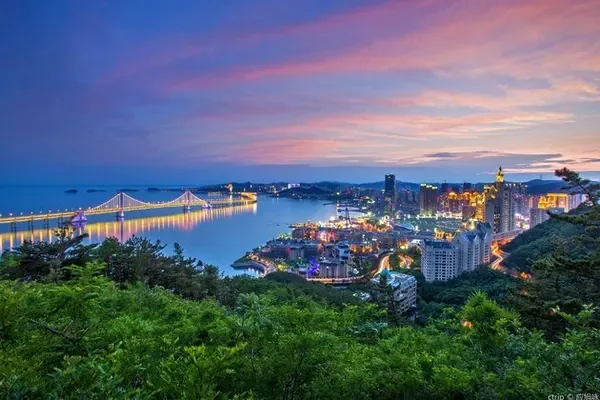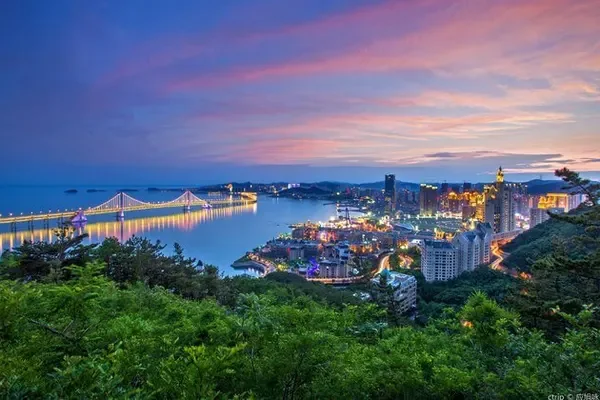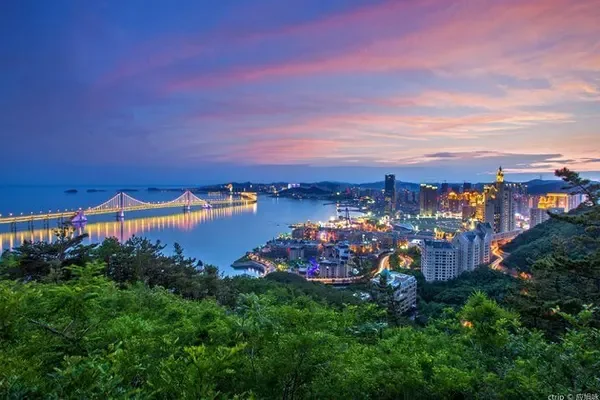China is so big, I want to visit it. Take you to a place you have been or have not been to.
Old Beijing style passerby street, Nanluoguxiang

Nanluoguxiang is one of the oldest blocks in Beijing. It is said to be ancient because it was built at the same time as the Yuan Dynasty (1267). It is the only one in my country that completely preserves the courtyard texture of the Yuan Dynasty Hutong, the largest scale, the highest grade, and the most abundant resources. chessboard-style traditional residential area.


The planning and design of Yuan Dadu continued the Lifang system of the Tang Dynasty. The whole city was divided into 50 workshops, and the wide and straight streets and alleys between the workshops were like a chessboard. At the same time, it also follows the urban pattern of "the ancestors on the left and the society on the right, the former dynasty and the later market". Nanluoguxiang is an integral part of the "Houshi" close to Yuanhuang City.


In the Yuan Dynasty, Nanluoguxiang was the axis, and the east and west sides belonged to Zhaohuifang and Jinggongfang. There are different divisions of Lifang in different dynasties, but the Nanluoguxiang area still preserves the historical relics of Lifang in the Yuan Dynasty very completely. Every house tells old stories, just like old Beijing talking about old neighbors.


"South Luogu Alley" has nothing to do with "Luogu" in fact, because this north-south hutong is high in the middle and low at both ends, like a hunchbacked hunchback, so it is called "Luoguo Alley". The "Comprehensive Map of the Capital" drawn in the fifteenth year of Qianlong (1750) was renamed Nanluoguxiang. In the middle of Nanluoguxiang, there is a "leveling point" stele, which was erected at the beginning of the Republic of China and is the highest point in the inner city of Beijing.

Nanluoguxiang runs north-south, starting from Gulou East Street in the north and ending at Di'anmen East Street in the south, with a total length of less than 800 meters. There are 8 alleys in the east and west, which are arranged in a "fishbone shape" and like a "centipede". Therefore, Nanluoguxiang is also called "Centipede Alley". Hutong had no name in the Yuan Dynasty, and the name gradually evolved after the Ming Dynasty.

Nanluoguxiang, which is close to the root of the imperial city, has always been the residence of officials and nobles of various dynasties, including princes, generals, prime ministers, ministers, and some celebrities. It is a veritable "high-ranking district".
(Nanluogu takes tourists and guides to explain the old Beijing)


The former residence with the longest history preserved today is undoubtedly the house built by Hong Chengchou, a rebel general in the late Ming Dynasty, as a first-rank official. Time has changed, and now there are only three north rooms, and the rest have become more than 10 independent courtyards and bungalows.
(Tourists waiting in line to have a bite of old Beijing noodles)

Nanluoguxiang has a profound history and is a place where people gather together. From the Yuan, Ming and Qing Dynasties to the Republic of China, someone came out on behalf of them.
(Former residence of Mao Dun)

(Qi Baishi's former residence)

During the Cultural Revolution, Nanluoguxiang was once renamed "Huanghuang Street" and suffered unprecedented damage. The gate piers, archways, brick carvings, parapets, stone monuments, etc. in the hutong were all damaged and cannot be counted.
Heizhima Hutong Primary School was originally the Xianghuangqi official school built after the Qing army entered Beijing in 1644.
Although it condenses the history of the ancient capital of Beijing for more than 700 years, it was still silent and odorless in 2000. After 2000, at the southern end of Nanluoguxiang, around the Central Academy of Drama, some small bars and cafes operating in the courtyard first appeared. Sitting in the quiet and tidy courtyard, chatting and drinking a cup of coffee is indeed very pleasant thing.
The Central Academy of Drama is located in Dongmianmian Hutong, Nanluoguxiang. It was originally the former residence of Jin Yunpeng, chief of the Army under Duan Qirui's government and acting prime minister of the state, with a small area. As a top school in China for studying stage and film and television performances, it has trained film and television stars such as Chen Daoming, Jiang Wen, Gong Li, Zhang Ziyi, Chen Baoguo, etc.

Unexpectedly, business-minded people from all over the world focused on the "chessboard" pattern of courtyard buildings in Nanluoguxiang, and many residential houses became shops overnight. It can open the door, open the window and open the window, and can open up the connection. The merchants match each other, and after the transformation, it becomes a shop.


Since 2006, the Beijing Dongcheng District Government has spent huge sums of money to repair Nanluoguxiang, turning this century-old quiet alley into a bustling commercial street.

The most direct result of the spontaneous development of the market is homogenization. The commodities and shops in Nanluoguxiang can be found in any commercial street. Now the people in the alleys are gone, the courtyards are gone, and the Beijing accent and Beijing rhyme can no longer be heard, and its unique Beijing flavor is getting weaker and weaker. Almost all famous houses and courtyards are also surrounded by strange and non-Chinese shop signs. Today, the impression left by many people is that it is a copied product - a street of snacks.


Nanluo started out as a tourist, a new landmark for tourists and Internet celebrities, and is getting farther and farther away from the old Beijing culture that condenses more than 700 years of history, and has become a healing street.




